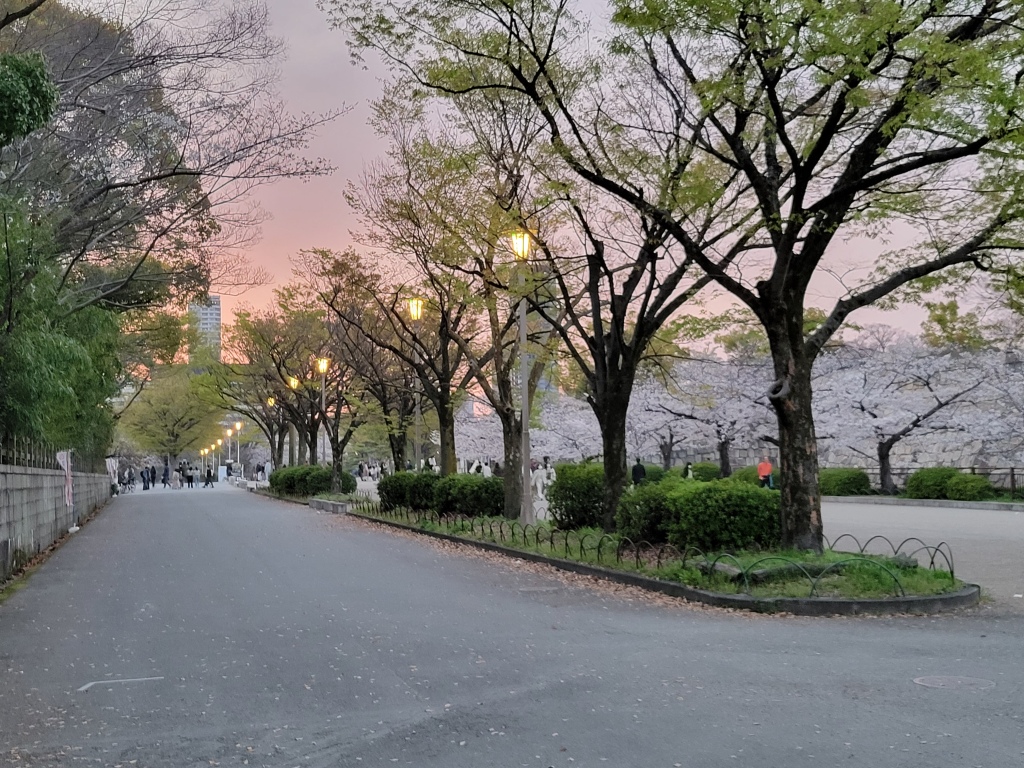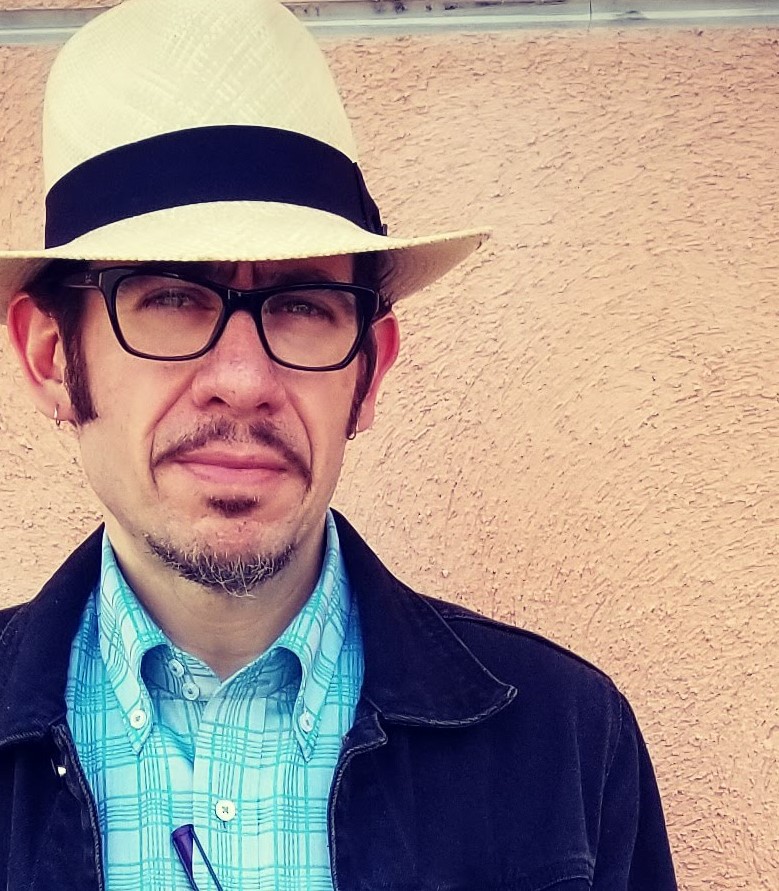In general, I adopt a pretty healthy dose of skepticism when it comes to generalized cultural attributes. While it’s true that some generalities exist among cultures, for the most part, most differences among people remain superficial, at best. Other times, generalities become self-reinforcing — I’ve always felt that Americans from the northeast affect the proverbial chipped shoulder out of a feeling of regional pride, for example. Meanwhile, states renowned for their “southern hospitality” house some of the meanest people I’ve ever known.

Nonetheless, smiling is a feature of intercultural communication that I have found to present some potential for misunderstanding between Americans and high-power distance cultures.

For example, a couple of years ago, I had a student who routinely turned in homework incorrectly. However, when I scolded her for numerous instances of the same error, she smiled broadly, which I interpreted as a refusal to take the matter seriously.
Later, I learned that she told the advisor that a cultural misunderstanding had occurred. In her culture, students are taught to smile when scolded to avoid showing negative emotions to the teacher.
Researchers Wiseman & Pan (2004) discuss the issue of smiling as it relates to status in Chinese culture in a paper titled “Smiling in the People’s Republic of China and the United States: Status and Situational Influences on the Social Appropriateness of Smiling.”

They found that overall, Americans smile more than Chinese (In fact, if you want to know more about why Americans smile more than most other cultures, you can learn more here). However, Chinese and Americans may differ in when they smile regarding situations where status and power-distance play roles.
The same discrepancy can arise in a Japanese context. David Matsumoto & Tsutomu Kudoh (1993) explain how research showed that “Japanese used smiles to mask their negative feelings in the presence of a higher-status experimenter.” This situation mirrors that of my former student.
In sum, remember that when you’re dealing with people from other cultures, don’t jump to conclusions if they smile at times that strike you as odd or inappropriate. They might feel the same way when you smile at them for no reason all the time.
Further Reading
Matsumoto, D., & Kudoh, T. (1993). American-Japanese cultural differences in attributions of personality based on smiles. Journal of Nonverbal behavior, 17(4), 231-243.
Wiseman, R. L., & Pan, X. (2004). Smiling in the People’s Republic of China and the United States: Status and situational influences on the social appropriateness of smiling. Intercultural Communication Studies, 13, 1-18.



Leave a comment